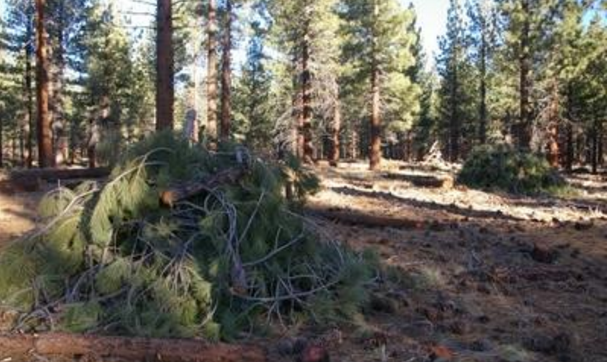
By Melissa Sevigny, Arizona Science Desk
Two students at Northern Arizona University have developed a first-of-its-kind methodology to calculate the carbon stored in forests, a tool they hope will help generate funds for restoration.
Katharyn Woods and Spencer Plumb wrote the methodology as part of their master’s degrees at NAU. Woods called it a “rulebook” for calculating how much carbon is stored in a restored ponderosa pine forest, compared with one still at risk of catastrophic wildfire.
“So basically when we maintain forest cover, we maintain live trees that are actively sequestering and storing carbon,” Woods says.
The methodology estimates how much carbon is stored long-term at a restoration site, plus the carbon saved by avoiding catastrophic wildfire.
This number is called a "carbon offset," and companies buy such offsets to meet their sustainability goals, Plumb explains.
“We think there’s a real market for this type of credit that’s generated locally,” Plumb says, “so that’s the whole reason why we wanted to start this, was to find another tool to help pay for restoration.”
The National Forest Foundation, U.S. Forest Service and Salt River Project supported the development of the methodology. It’s awaiting approval from the American Carbon Registry. The public can comment until Aug. 17.

By submitting your comments, you hereby give AZPM the right to post your comments and potentially use them in any other form of media operated by this institution.